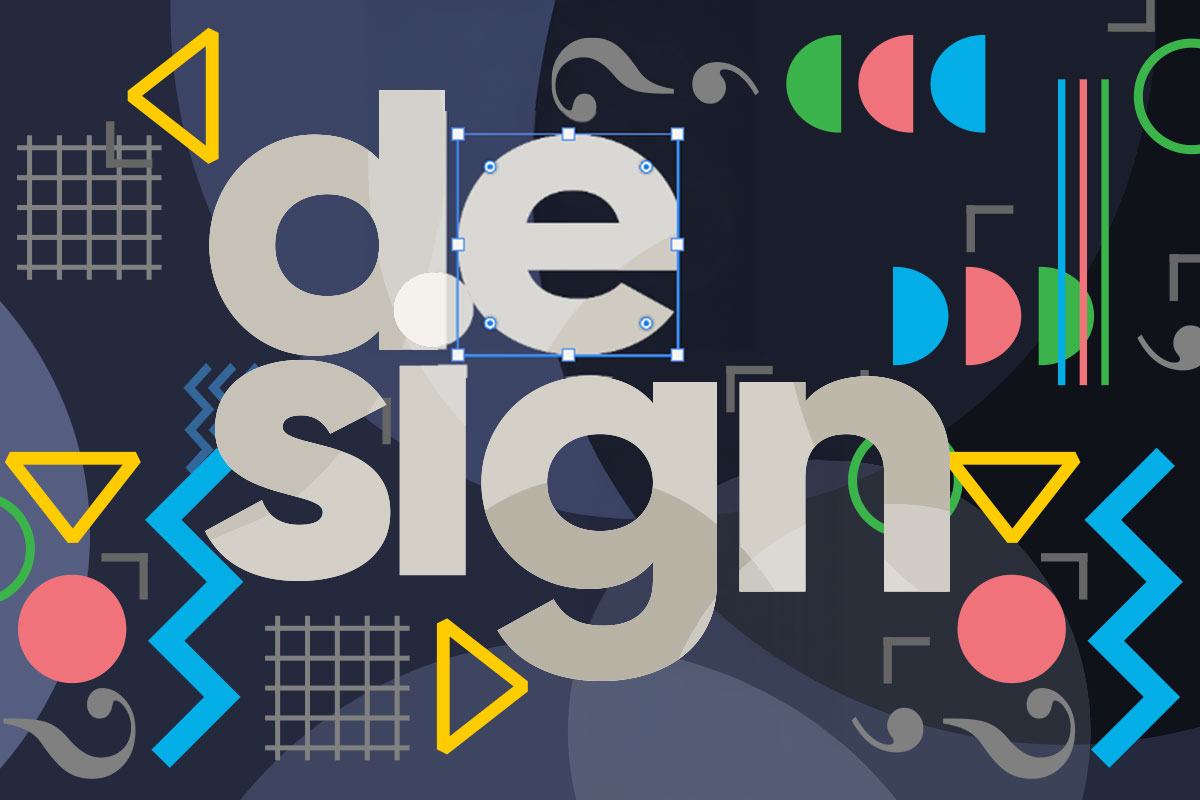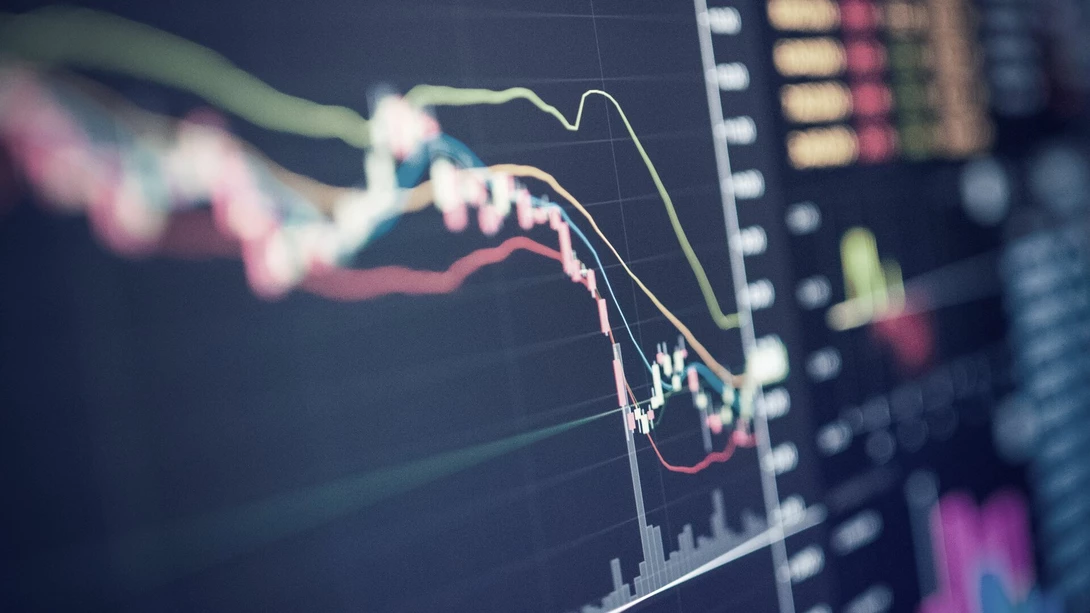Exploring the Connection Between Art and Emotion
Art, in its myriad forms, serves as a profound conduit for emotional expression, allowing individuals to articulate sentiments that often elude verbal communication. This intrinsic relationship between art and emotion has been a topic of fascination for artists, psychologists, and art enthusiasts alike. Through the lens of creativity, art can evoke, reflect, and even transform feelings, creating an intricate tapestry that connects the observer to the artwork and, perhaps more importantly, to their own inner emotional landscape.
The Impact of Art on Feelings
The impact of art on feelings is both immediate and nuanced. Consider how a vibrant painting can evoke joy, while a somber sculpture might incite feelings of melancholy. Color, form, and texture are more than mere aesthetic choices; they resonate with viewers on an emotional level, often triggering personal recollections and deep-seated feelings. For instance, the color blue can evoke a sense of calmness or sadness, depending on its context and the observer’s past experiences. This powerful interplay exemplifies how art transcends mere visual pleasure, acting as a mirror reflecting our emotional states and offering solace or stirring discomfort.
Moreover, the emotional reaction to art is not confined to passive observation. Engaging with art can be an active, transformative experience. When individuals immerse themselves in the creative process, whether through painting, sculpting, or writing, they often unearth latent emotions. The act of creation can serve as a cathartic release, enabling artists to confront and articulate feelings they may struggle to express otherwise. This transformative quality underscores the idea that art can be both a refuge and a catalyst for emotional exploration.
Understanding Emotional Expression in Art
To fully grasp the understanding of emotional expression in art, one must consider the myriad ways emotions are represented. Artists utilize a rich vocabulary of techniques—color theory, composition, and symbolism—to convey complex emotional narratives. For instance, abstract expressionism often leverages chaotic brushstrokes and vibrant colors to communicate feelings of turmoil or euphoria, drawing viewers into a visceral experience. Similarly, classical portraiture may capture subtle nuances of emotion through the subject’s posture and gaze, inviting the observer to delve into the psyche of the portrayed individual.
In literature, the emotive power of words can elicit an array of feelings, transporting readers to different realms of understanding. Poets like Rainer Maria Rilke and Sylvia Plath adeptly harness language’s rhythmic and musical qualities to evoke deep emotional resonance. Their verses resonate with the human experience, articulating feelings that many might find ineffable.
Moreover, performance art provides a visceral connection to emotions, often blurring the boundaries between the artist and the audience. Performers convey emotions through their bodies, movements, and expressions, fostering an immersive experience. This form of art can elicit powerful emotional responses, creating a shared space of vulnerability and connection. It’s a dynamic that reinforces the idea that art is not merely a solitary endeavor but a communal experience that binds us together through shared emotions.
Art’s Role in Emotional Connection
The role of art in emotional connection extends beyond individual expression; it plays a vital part in fostering communal ties. Artistic movements often arise from collective sentiments, reflecting the zeitgeist of a particular era or social movement. For example, the Harlem Renaissance was not only a celebration of African American culture but also a poignant response to the racial injustices of the time. Through literature, music, and visual arts, artists forged connections that transcended personal narratives, creating a collective voice that resonated with broader societal experiences.
Art also has a unique ability to bridge cultural divides. A work of art may evoke universal emotions—love, grief, hope—making it accessible to a diverse audience. This universality fosters empathy, allowing individuals from disparate backgrounds to connect over shared feelings. In an increasingly fragmented world, art can serve as a reminder of our shared humanity, inviting dialogue and understanding.
Furthermore, therapeutic art practices, such as art therapy, underscore art’s potential in emotional healing. Participants engage in creative activities to explore their emotions and address psychological challenges. This therapeutic modality demonstrates how creating art can enhance emotional well-being, providing a safe space for individuals to express feelings that may otherwise remain unspoken.
Conclusion
In exploring the intricate connections between art and emotion, it becomes evident that art is a profound means of emotional communication. The relationship between art and emotion is a testament to the human experience, encapsulating our struggles, joys, and complexities. Through understanding emotional expression in art, we can appreciate how various artistic forms impact our feelings and foster emotional connections. Ultimately, art serves as a vital language of the heart, inviting us to explore the depths of our emotions while connecting us to one another in our shared human experience. In embracing the emotive power of art, we enrich our lives, enhance our understanding of ourselves, and cultivate empathy within our communities.





